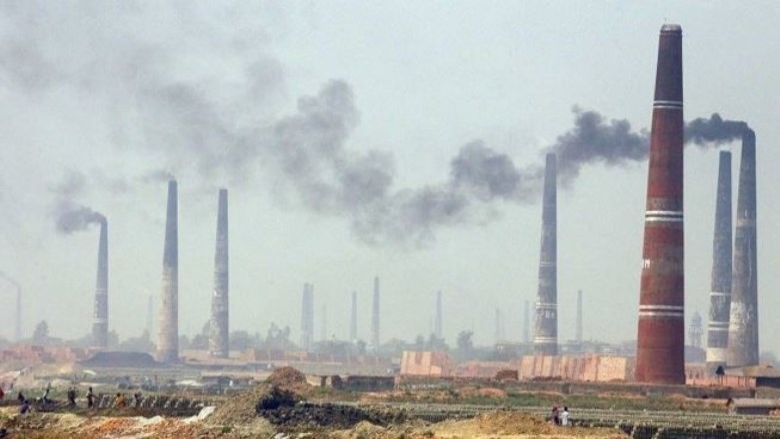Hafiza’s life in the brick kilns of Bangladesh is a story of before and after.
Once she was like the thousands of seasonal workers who labored in searing conditions under the five-story smokestacks of fixed chimney kilns spewing so much coal dust and other pollution that it killed surrounding vegetation.
Temporary housing lacked access to clean water or local health care, and families like hers moved around in search of other jobs when the kilns shut down during monsoon.
“Before, I worked sporadically on various jobs throughout the year — in the fields, in traditional kilns, on construction sites or as a household helper,” said Hafiza, who is from the impoverished Jamalpur district. “I was low paid and never certain about the next job or income.”
A Before and After Story
Today, Hafiza works in a different kind of brick kiln under a project supported by the World Bank Group.
It uses new technology to operate all year while emitting half the pollution. Full-time employment means more money and a permanent family home. Additional money generated by the kiln’s reduced carbon emissions pays for regular health care, new bathrooms, a dining area and other improved facilities.
“Now, I know that I have a job throughout the year and how much money would bring home at the end of the month,” Hafiza said. “The jobs in these kilns are not only far less tiring … but also more stable and earning a higher income than before, similar to men.”
Multiple Benefits
The multiple benefits — less pollution, improved quality of life and opportunity, more efficient production — exemplify the clean energy development needed for the world to successfully minimize climate change in coming decades.
“This project is a model for the kind of development needed to achieve World Bank Group goals of ending severe poverty, increasing shared prosperity and transforming economies and societies to a low-carbon future,” said Sandrine Boukerche, a World Bank carbon finance specialist, who recently traveled to Bangladesh.
Brick production is a mainstay of the economy in Bangladesh, one of the poorest countries in South Asia. As rapid urbanization brings more construction and demand for bricks, the booming industry hires vulnerable workers like Hafiza at the traditional fixed chimney kilns concentrated around urban areas.
Some 8,000 traditional kilns emit an estimated 10 million tons of CO2e and other environmental pollutants into the atmosphere each year, causing a harmful impact on health, agricultural yields and climate change. Workers, many lacking shoes or protective gear, earn very low incomes under harsh conditions due to poor and rarely enforced labor standards.
In 2008, the Bangladesh Hybrid Hoffman Kiln (HHK) project began paving the way for cleaner brick technologies, improved labor conditions and better lives for the workers.
New Technology
Originally developed in Germany, the HHK technology was imported to Bangladesh after improvement by the Chinese and now has been redesigned to suit local soil conditions, humidity levels and climate. It deploys a mix of pulverized coal and clay to improve the quality and proper burning of the bricks. In addition, the waste heat from the kiln is collected and re-used to dry the green bricks before they enter the kiln. Due to those innovations, HHKs use only half the amount of coal compared to fixed chimney kilns and trap coal particles inside the brick to prevent them from becoming air-borne fly ash.
The World Bank Group project partnered with the Industrial and Infrastructure Development Finance Company Limited (IIDFC), a private non-banking financial institution, to provide financing and technical help for nine HHK brick kilns in Bangladesh.

 sections
sections































 Loading More Articles ...
Loading More Articles ...